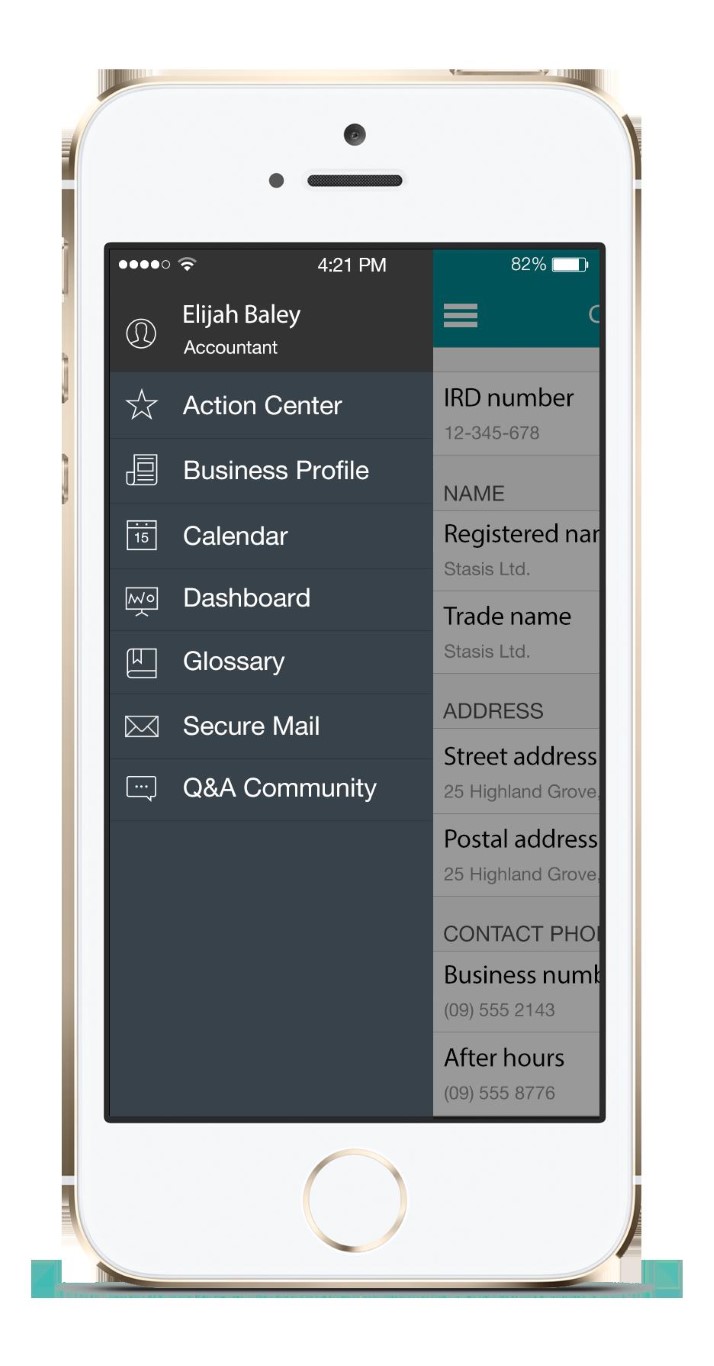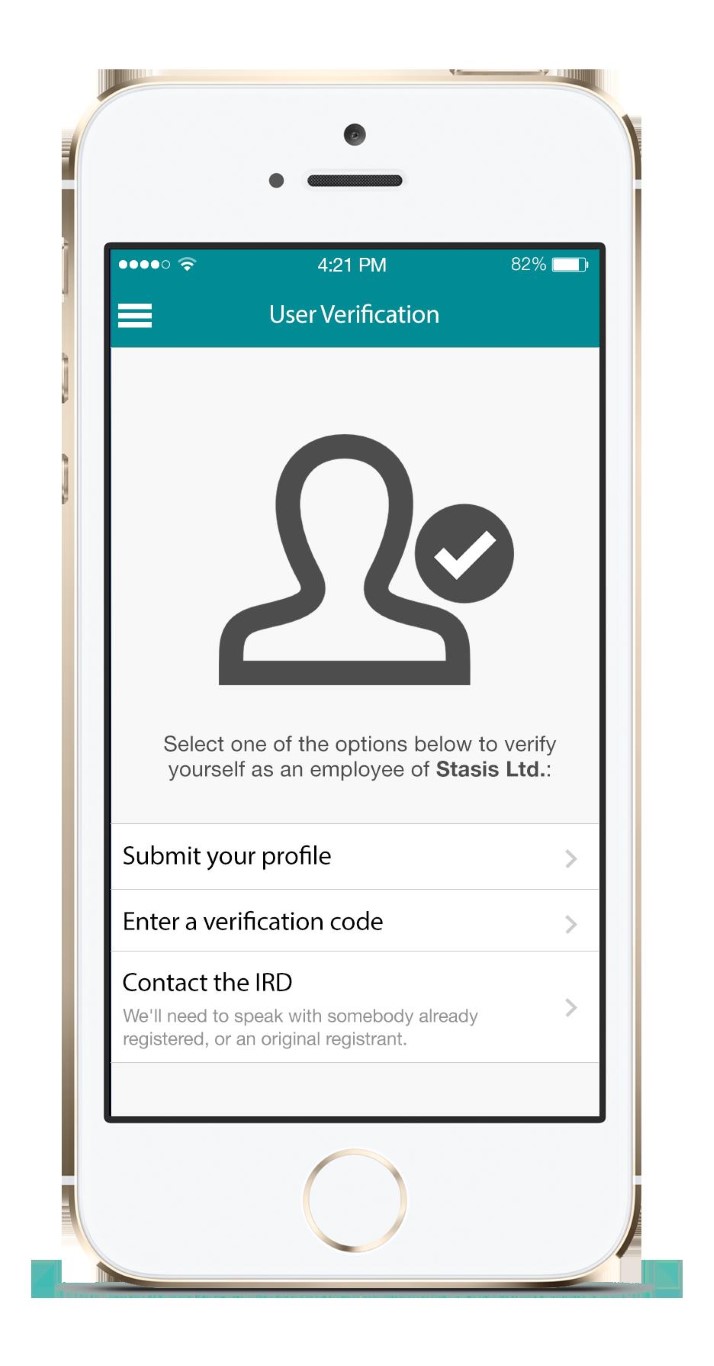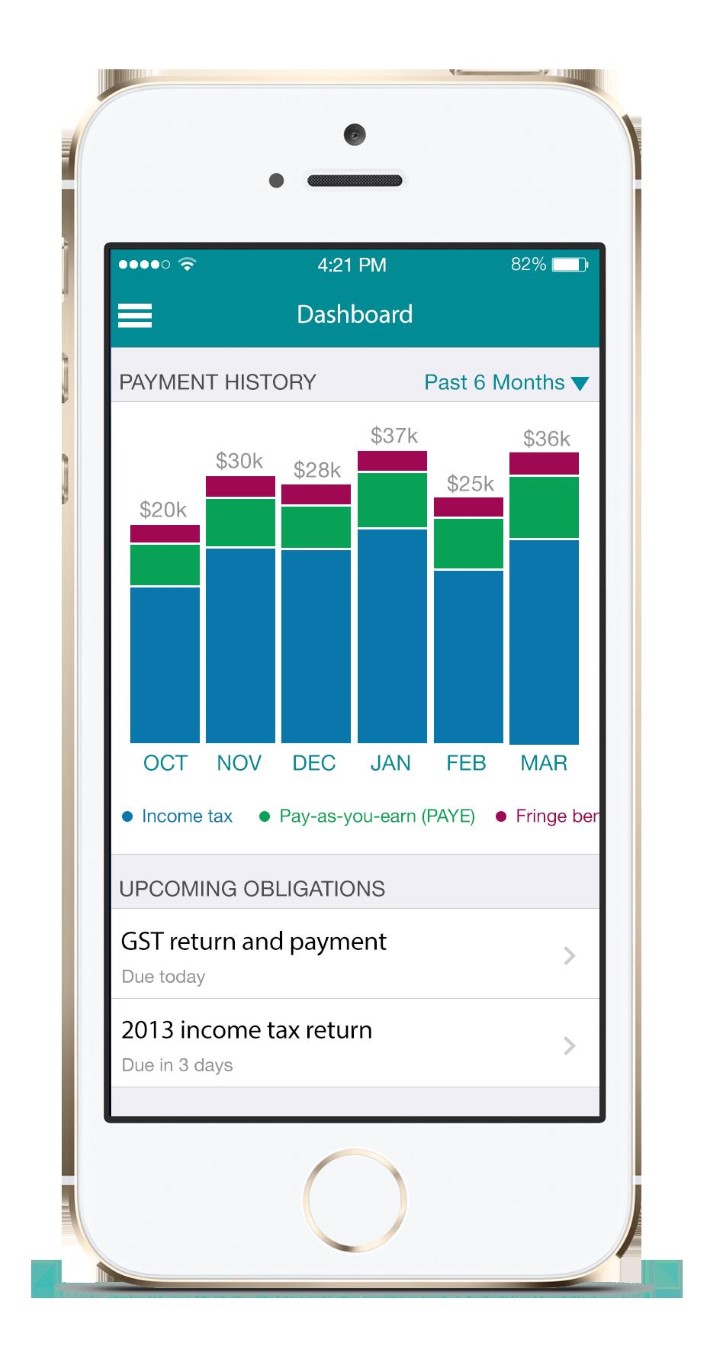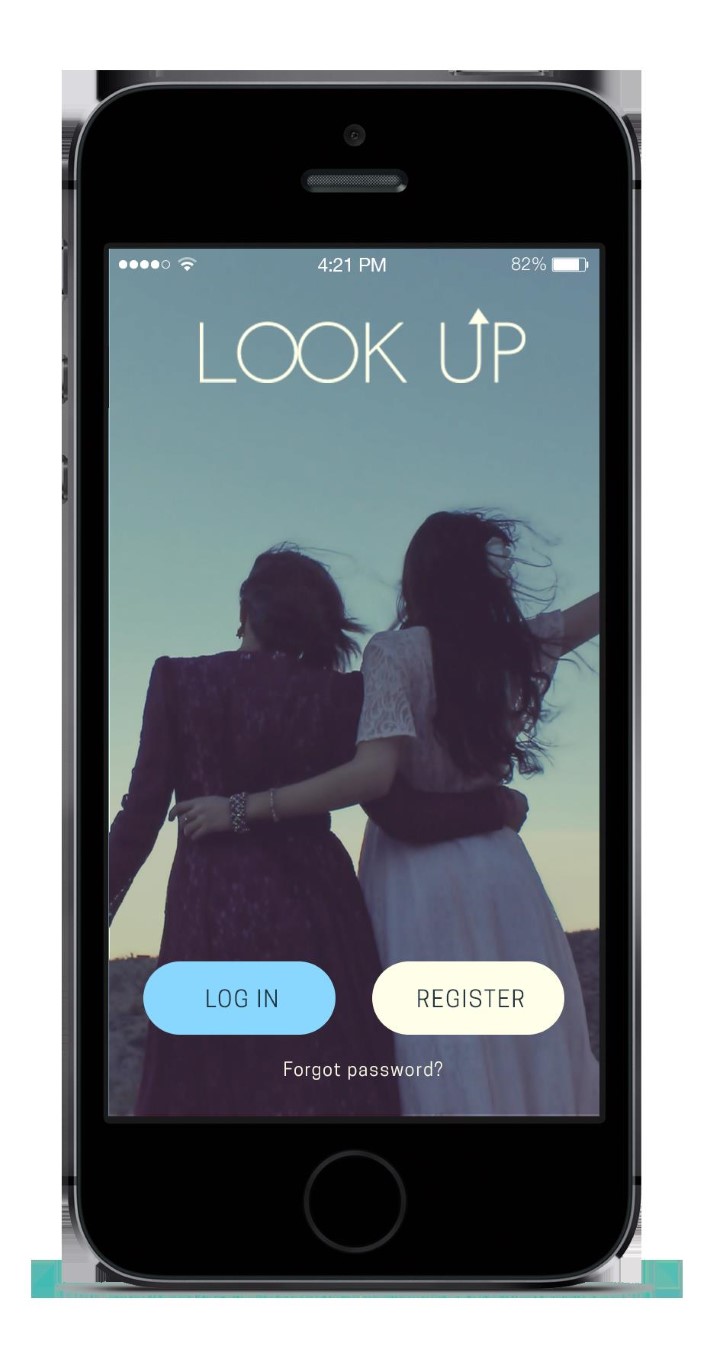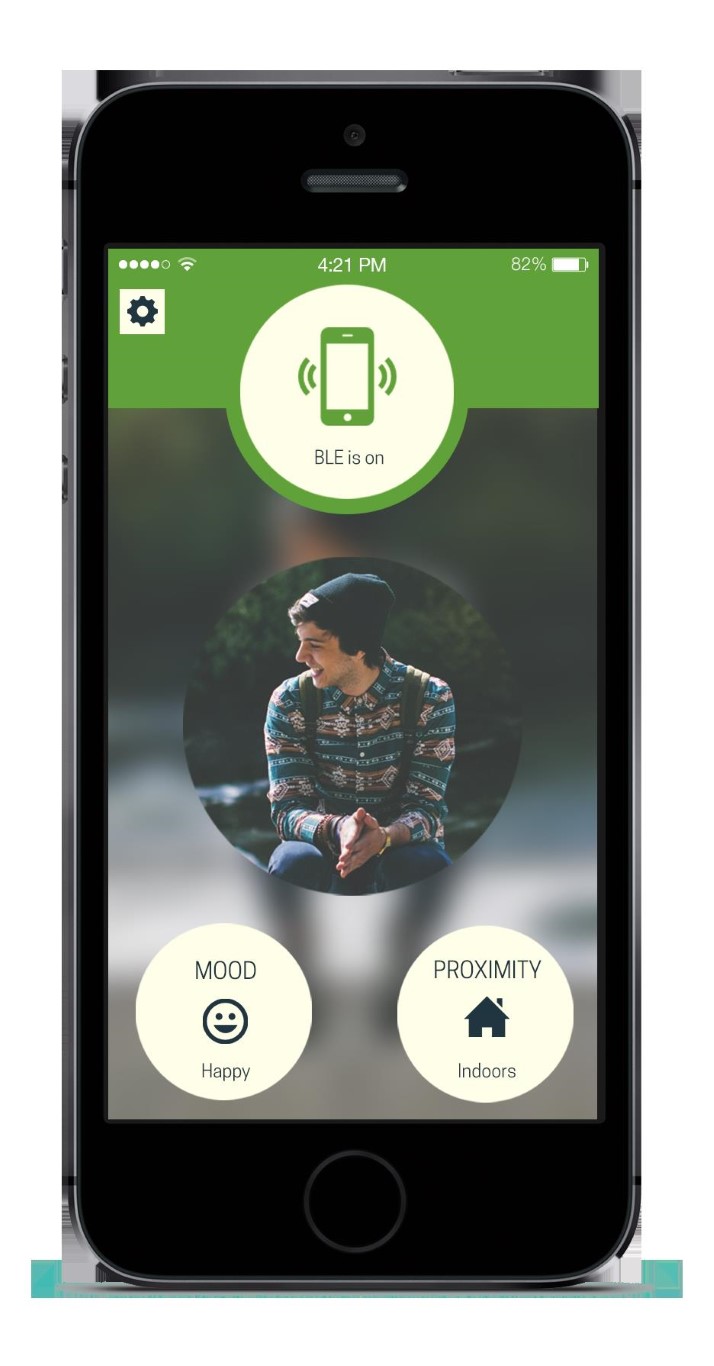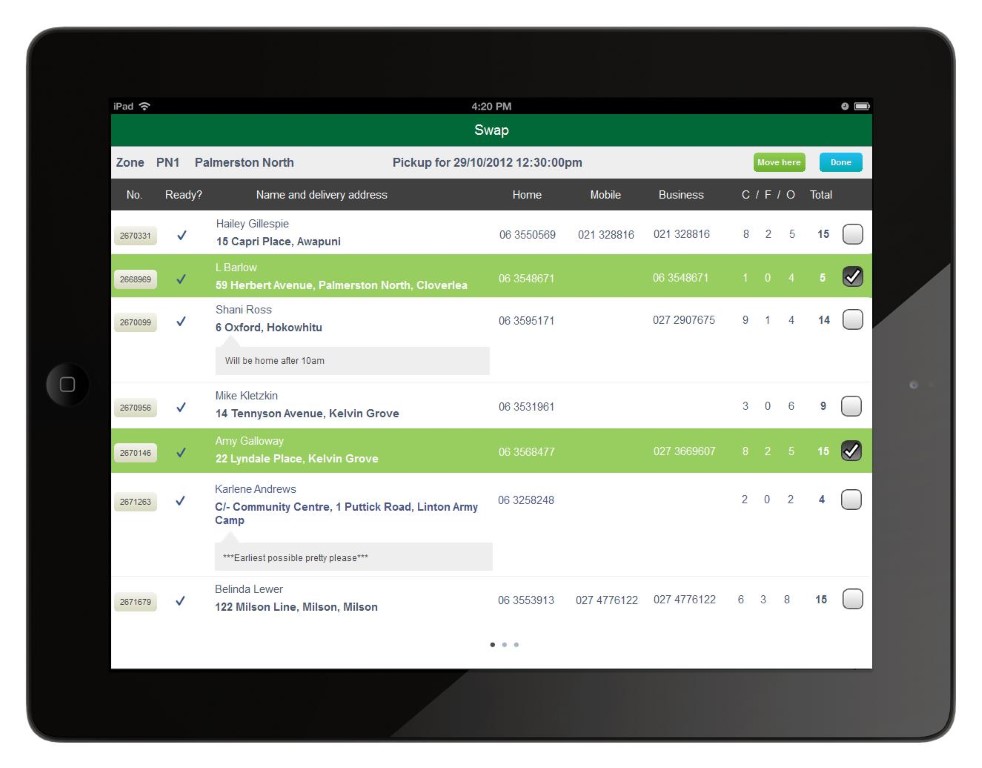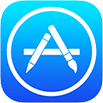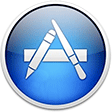The age of wearable computing is upon us. The efforts of tech companies Microsoft, Google, Samsung, Motorola, Sony and many others have by Q4 2014 materialised in numerous consumer wearable devices. Notable consumer wearables now in real world use include Google Glass, Samsung Gear and Sony SmartWatch. But what should organisations make of these devices and their early adopters?
Wearables are expected to become mainstream by 2018-2020. Once this happens, most organisations would do well to adopt a wearable technology strategy. But even before this, two types of organisations should consider wearables in their strategic technology plans.
First, consumer-focused organisations that would benefit from brand exposure to tech savvy consumers in an uncrowded new channel. It will be important, however, to ensure these organisations offer additional value to their customers via the new channel. Examples in this category include:
- Retailers
- Finance institutions
- Healthcare providers
- Telecommunications companies
- Social media and gaming companies
Second, organisations that could increase productivity with wearables - especially those that rely on knowledge workers who would benefit from information availability in situations they cannot use a handheld computer. These include roles such as:
- Warehouse workers
- In-field engineers
- Tour guides
- Personal shoppers
- On-call specialists
An early example
Virgin Atlantic commenced a trial of Google Glass devices in its Heathrow Airport Upper Class Wing lounge in 2014, aiming to deliver a more personalised customer experience. Virgin Atlantic's Google Glass app will help staff update passengers on their latest flight information, weather and local events at their destination and translate any foreign language information.

















